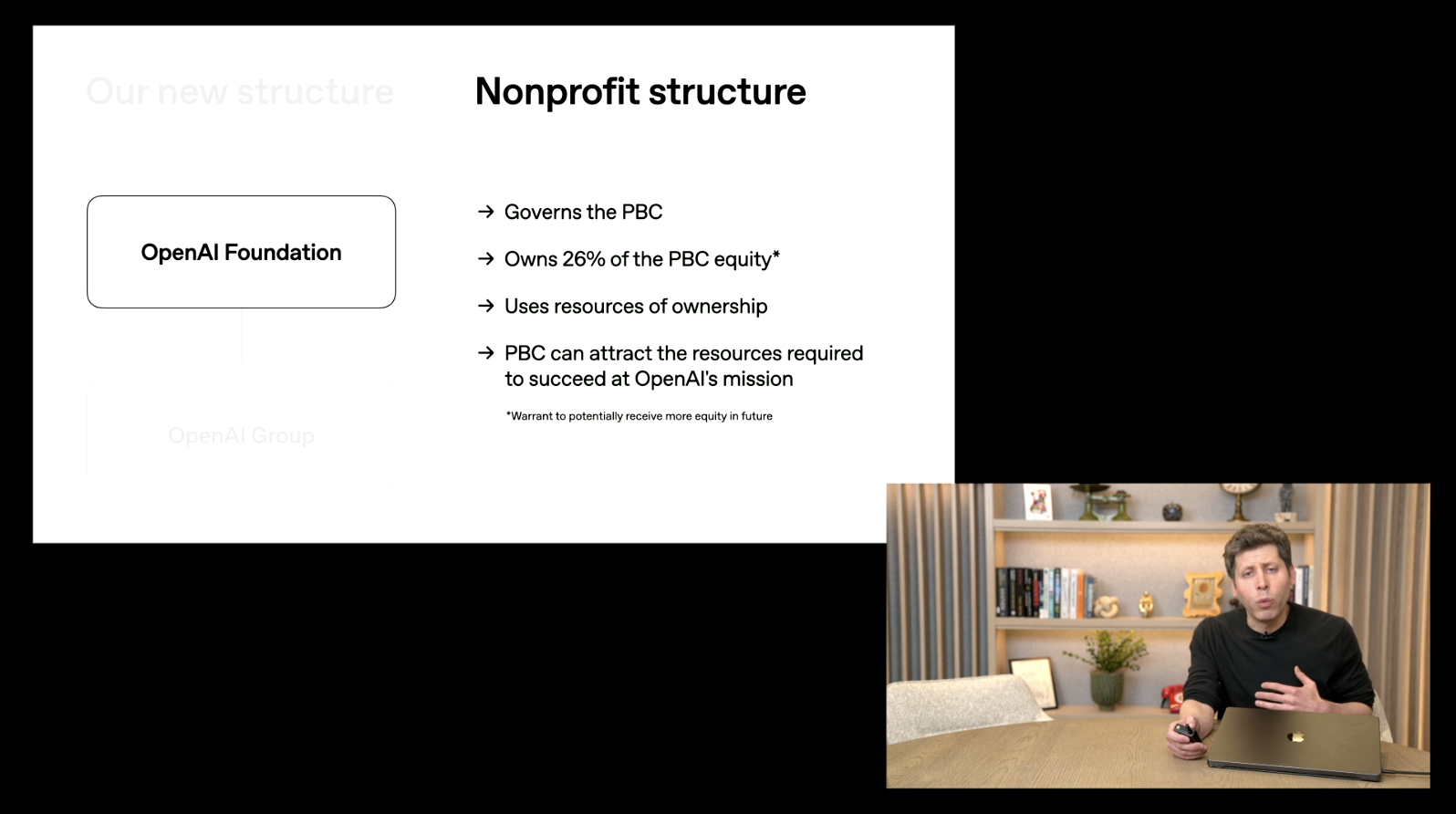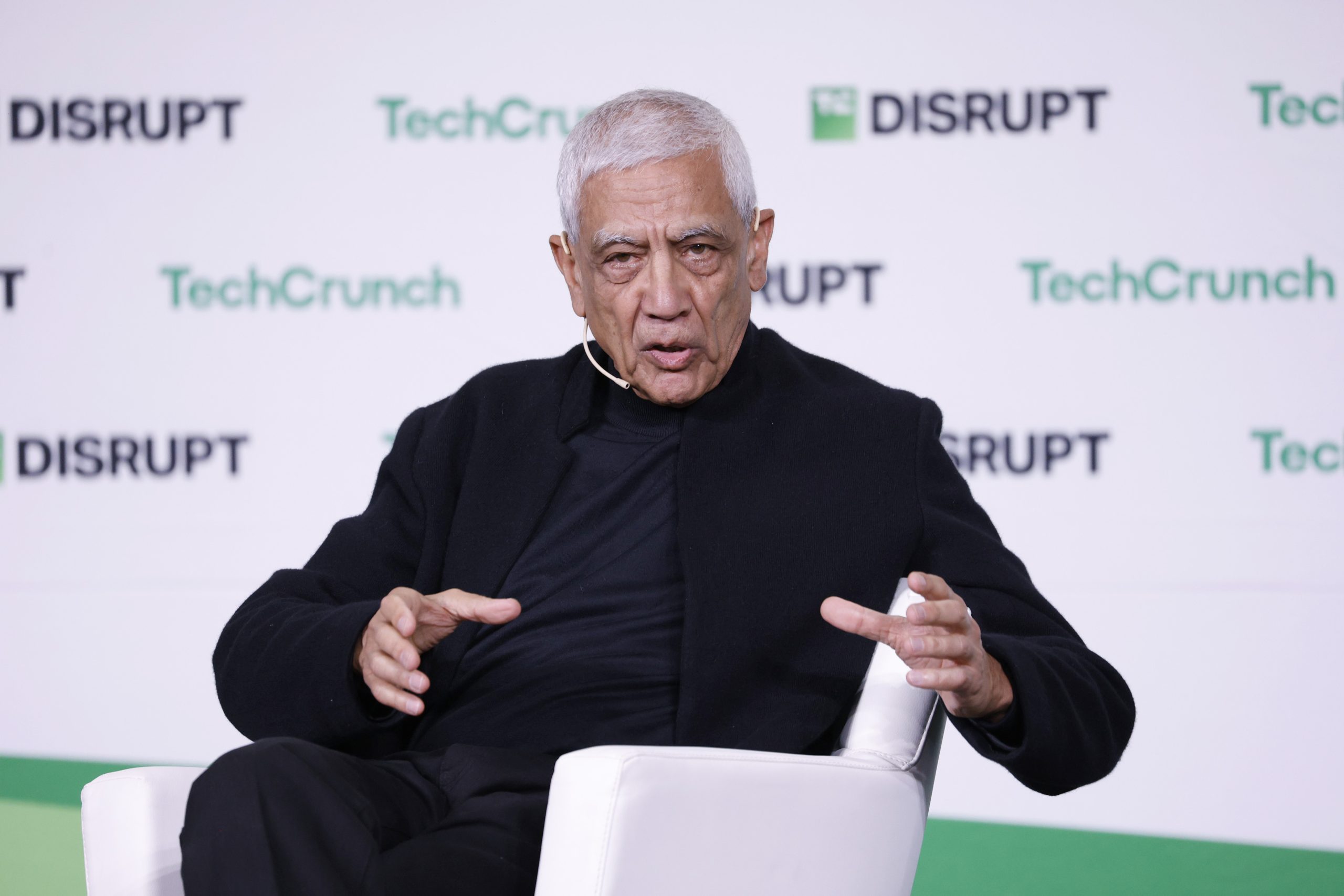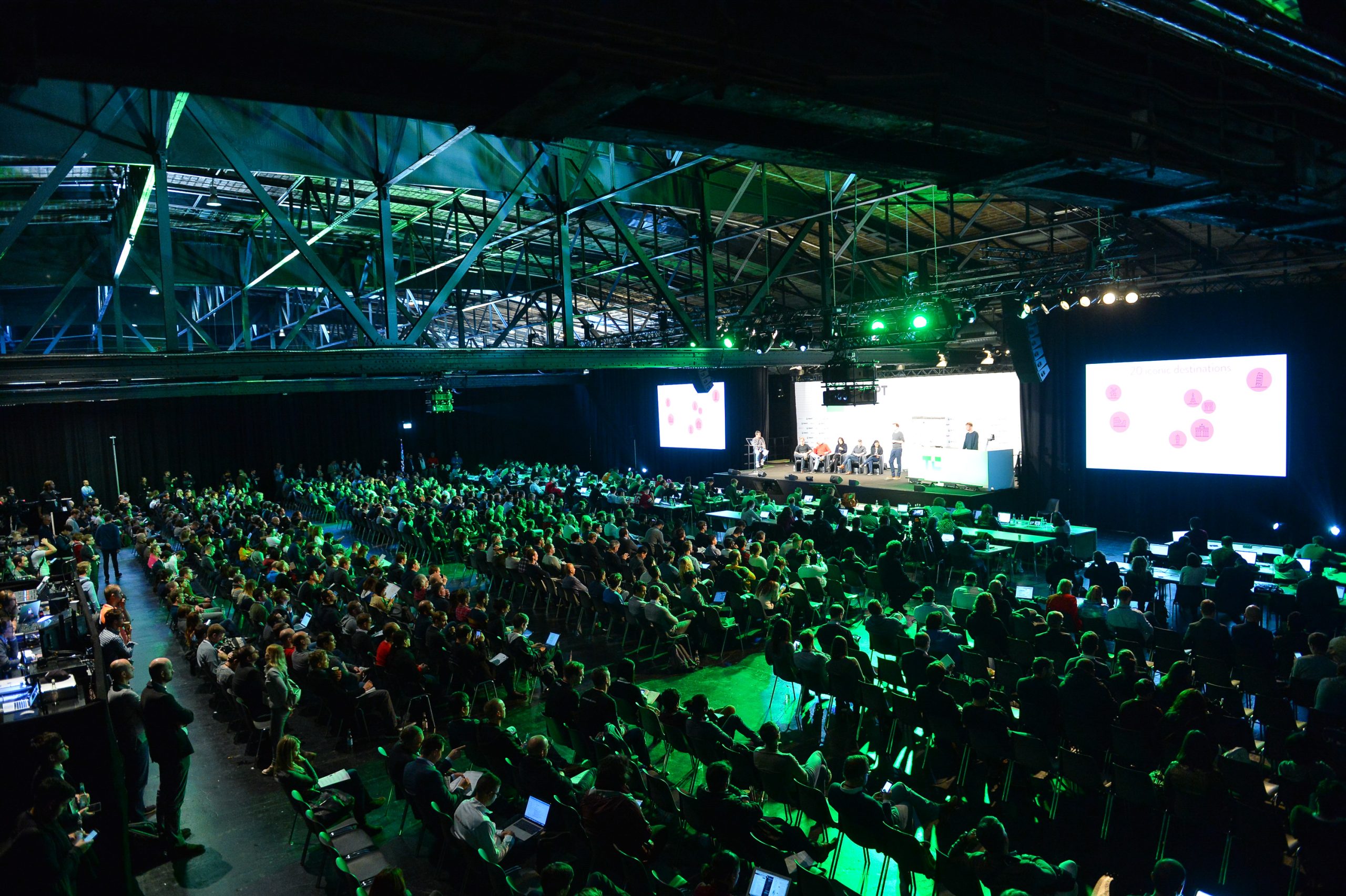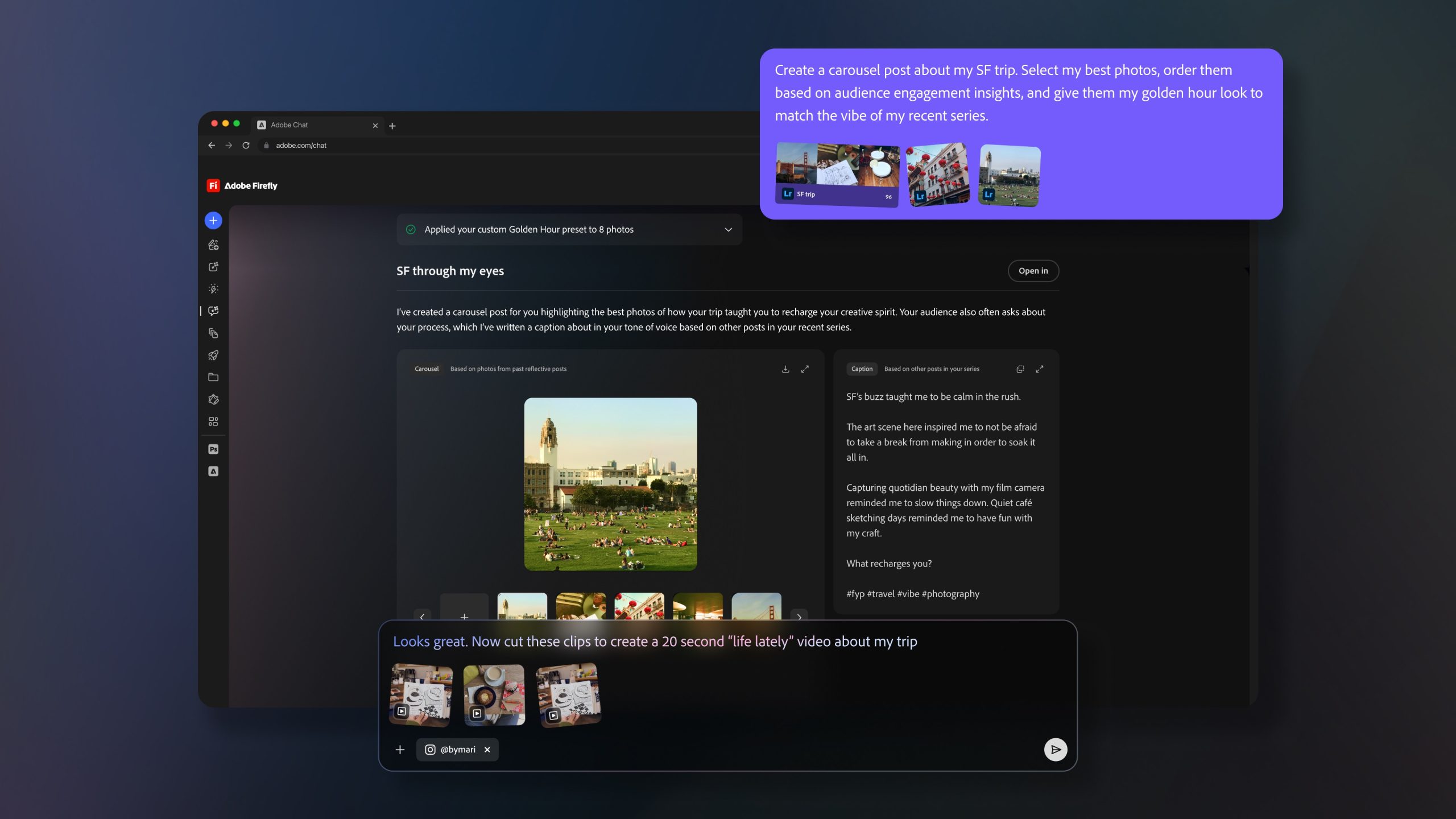
Adobe, a titan in the creative software industry, recently announced a significant leap forward in its generative artificial intelligence offerings with the debut of Firefly Image 5. This latest iteration of their image generation model introduces a suite of advanced features, most notably providing artists with the groundbreaking ability to train custom AI models based on their unique artistic styles and expanding capabilities to include sophisticated layered editing, video, and audio generation. The move underscores Adobe’s commitment to integrating AI ethically and deeply within professional creative workflows, responding to the rapidly evolving landscape of digital content creation.
Adobe’s Strategic Foray into Generative AI
Adobe’s journey into generative AI began amidst a whirlwind of innovation that swept through the tech world in late 2022 and early 2023. As companies like OpenAI, Midjourney, and Stability AI captivated public imagination with their text-to-image models, Adobe, a long-established pillar of digital creativity, faced a critical juncture. For decades, Adobe’s Creative Cloud suite, encompassing industry-standard tools like Photoshop, Illustrator, and Premiere Pro, defined professional creative workflows. The emergence of AI presented both an opportunity and a challenge: to embrace this transformative technology while upholding its commitment to creators’ intellectual property and ethical data sourcing.
Firefly was Adobe’s calculated and strategic response, launched with the explicit promise of being trained exclusively on Adobe Stock images, openly licensed content, and public domain material. This ethical foundation differentiated Firefly from many competitors, addressing prevalent concerns within the creative community regarding copyright and fair compensation. Since its initial release, Firefly has steadily integrated into Adobe’s ecosystem, first as a standalone web application and then weaving its capabilities into core Creative Cloud applications, offering features like "Generative Fill" and "Generative Expand" that allow users to effortlessly add or extend content within images using simple text prompts. The introduction of Firefly Image 5 represents a maturation of this strategy, pushing the boundaries of what integrated AI can achieve for professional artists.
A New Era of Visual Fidelity and Control
The core advancements within Firefly Image 5 significantly enhance the quality and manipulability of AI-generated visuals. A key technical improvement lies in its native resolution capabilities, now able to generate images at up to 4 megapixels. This marks a substantial increase from the previous generation’s 1-megapixel native output, which then required upscaling to achieve higher resolutions. The ability to produce higher-resolution images natively means greater detail, sharper textures, and a reduction in artifacts often introduced during the upscaling process. For professional use cases, where image quality is paramount for print, web, and high-definition displays, this enhancement is invaluable, reducing the need for extensive post-processing.
Beyond resolution, Firefly Image 5 boasts improved rendering of human subjects. This addresses a common pain point in early generative AI models, which frequently struggled with anatomical accuracy, particularly with complex features like hands, facial expressions, and realistic body proportions. The enhanced ability to depict humans with greater fidelity is crucial for sectors ranging from fashion and advertising to character design and digital portraiture, where convincing human representation is often a prerequisite.
Furthermore, Firefly Image 5 introduces sophisticated layered and prompt-based editing. This feature allows the AI model to treat distinct objects within a generated image as individual layers, akin to traditional image editing software like Photoshop. Users can then manipulate these "layers" using natural language prompts or standard graphic tools like resizing and rotation. Critically, Adobe emphasizes that these edits are performed while maintaining the overall integrity and details of the image, preventing the disjointed or artificial appearance that can sometimes result from less intelligent manipulation. This brings a level of intuitive, non-destructive control previously unavailable in AI image generation, bridging the gap between automated creation and precise artistic refinement.
Empowering Artists with Personalized AI Models
Perhaps the most transformative feature in Firefly Image 5 is the capability for creators to develop custom AI models based on their unique artistic styles. Currently in a closed beta, this functionality allows users to "train" Firefly by providing a dataset of their existing art – whether images, illustrations, or sketches. The AI then learns the distinct stylistic elements, color palettes, brushstrokes, and compositional preferences of the artist, enabling it to generate new content that adheres to that specific aesthetic.
This innovation holds profound implications for individual artists, creative agencies, and large enterprises alike. For independent creators, it offers a powerful tool to scale their signature style, generating variations or extensions of their work without sacrificing their unique artistic voice. Imagine a freelance illustrator needing to produce dozens of variations of a character in their distinctive style; a custom Firefly model could significantly accelerate this process.
From a market perspective, this feature addresses a critical demand for personalization and brand consistency. Companies can now train Firefly on their brand guidelines, ensuring that all AI-generated content aligns perfectly with their corporate identity. This could revolutionize marketing, advertising, and content production, allowing for rapid iteration and deployment of on-brand visuals. The potential for new marketplaces where artists license their custom AI models or offer AI-assisted commissions also emerges, creating novel revenue streams and further blurring the lines between human and machine creativity. This development sparks important conversations around the future of artistic ownership in an AI-driven world, as artists leverage tools that can effectively mimic their unique creative fingerprint.
Expanding Creative Horizons: AI for Video and Audio
Adobe’s vision for Firefly extends far beyond static images, venturing into the dynamic realms of video and audio. The Firefly website, which received a significant redesign earlier this year, now serves as a more comprehensive hub for AI-powered creation. Users can effortlessly switch between generating images and videos directly from the prompt box, select preferred AI models, and adjust aspect ratios. The revamped homepage provides quick access to recent projects and shortcuts to other Adobe applications, streamlining the creative workflow.
The video generation and editing tools within Firefly are also undergoing a significant transformation, currently in private beta, to support layered and timeline-based editing. This mirrors the sophisticated control found in professional video editing software like Premiere Pro, enabling creators to manipulate elements within their videos with greater precision and flexibility. This move is crucial as video content continues to dominate digital platforms, offering creators powerful new ways to produce engaging narratives.
Further expanding its multimedia capabilities, Firefly now integrates new audio features, leveraging models from ElevenLabs. Users can employ AI prompts to generate entire soundtracks and realistic speech for their videos. This partnership enables a seamless workflow for adding professional-quality audio, from evocative background music to lifelike voiceovers, directly within the Firefly environment. The addition of an intuitive prompt creation tool, which suggests keywords and sections from a word cloud, further simplifies the process of generating complex visual and auditory content, making sophisticated multimedia production more accessible to a broader range of creators.
Navigating the Evolving Creative Landscape
Adobe’s aggressive push with Firefly Image 5 and its expanded feature set positions the company firmly in the competitive arena of generative AI. While competitors like Canva are also rapidly integrating AI into their platforms, Adobe’s unique advantage lies in its deep-rooted ecosystem of professional creative tools. This allows for a more seamless integration of AI capabilities into existing workflows, catering to a demographic Adobe refers to as "next-generation creative professionals" – individuals who are increasingly embracing generative AI in every facet of their work.
Alexandru Costin, Adobe’s VP of generative AI, highlighted that Firefly offers a new degree of freedom in feature development and interface design. Unlike established Creative Cloud applications, where changes must carefully consider the "muscle memory" of long-time users, Firefly provides a more agile environment for experimentation and innovation. This allows Adobe to cater directly to these emergent, AI-oriented creatives who prioritize speed, iteration, and novel approaches to content creation.
The implications for the broader creative industry are significant. As AI tools become more sophisticated and integrated, they are reshaping traditional workflows, potentially freeing artists from repetitive tasks and allowing them to focus on higher-level conceptualization and refinement. However, this also sparks ongoing discussions about the definition of authorship, the value of human creativity in an AI-assisted world, and the imperative for ethical AI development that respects artists’ contributions.
The Road Ahead for Generative AI
The release of Adobe Firefly Image 5 marks another pivotal moment in the ongoing evolution of generative AI. By emphasizing higher fidelity, precise control through layering, and the transformative ability to create custom AI models, Adobe is not merely keeping pace with the industry but actively shaping its future. The expansion into integrated video and audio generation further cements Firefly’s position as a comprehensive creative platform. As AI continues to mature, the ongoing challenge for companies like Adobe will be to balance innovation with responsibility, ensuring that these powerful tools truly empower creators while navigating the complex ethical and economic considerations inherent in an AI-powered world. The creative landscape is undeniably being redefined, and Firefly Image 5 is a clear indicator of Adobe’s intent to lead that transformation.



